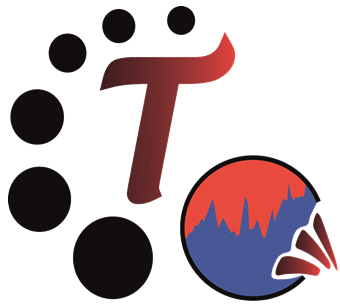EarlyWarn: Size reductions during hyperthermal events: early warnings of environmental deterioration or signs of extinction?
PI: K. de Baets and D. Korn
Size reductions in successive fossil assemblages during times of extinction are major features visible across a variety of temporal and spatial scales. The underlying environmental drivers and mechanisms are however still debated. In various cases, size responses predate the main extinction pulse suggesting that they might signal early environmental disruptions. The project proposed here aims to explicitly model size changes in a sequence stratigraphic framework to disentangle the local paleoenvironmental influences on these patterns from global ones. This approach will focus on within-facies and between-facies comparisons of mollusk and brachiopod assemblages of Permian-Triassic sections in Iran and various European Pliensbachian-Toarcian sections, hence covering a wide range of paleoenvironmental and preservational contexts before and across extinction events. These approaches are necessary to quantitatively disentangle the relative contribution of climaterelated stressors and nutrient availability in driving patterns when filtering out potential collection and stratigraphy biases. The final part of the project will compare our newly collected high-resolution data with newly appended large size datasets considering appropriate facies, sequence stratigraphic and geochemical context to understand their relative contribution in the first comprehensive meta-analysis on these aspects of miniaturization (“Lilliput effect”). These datasets will also be used to disentangle the relative contribution of within-species size reductions, size-selective extinction/immigration and origination/immigration in driving size fluctuations during background conditions as well as during events ranging from minor biological crises to mass extinctions associated with hyperthermal events.


Our Social Media
News